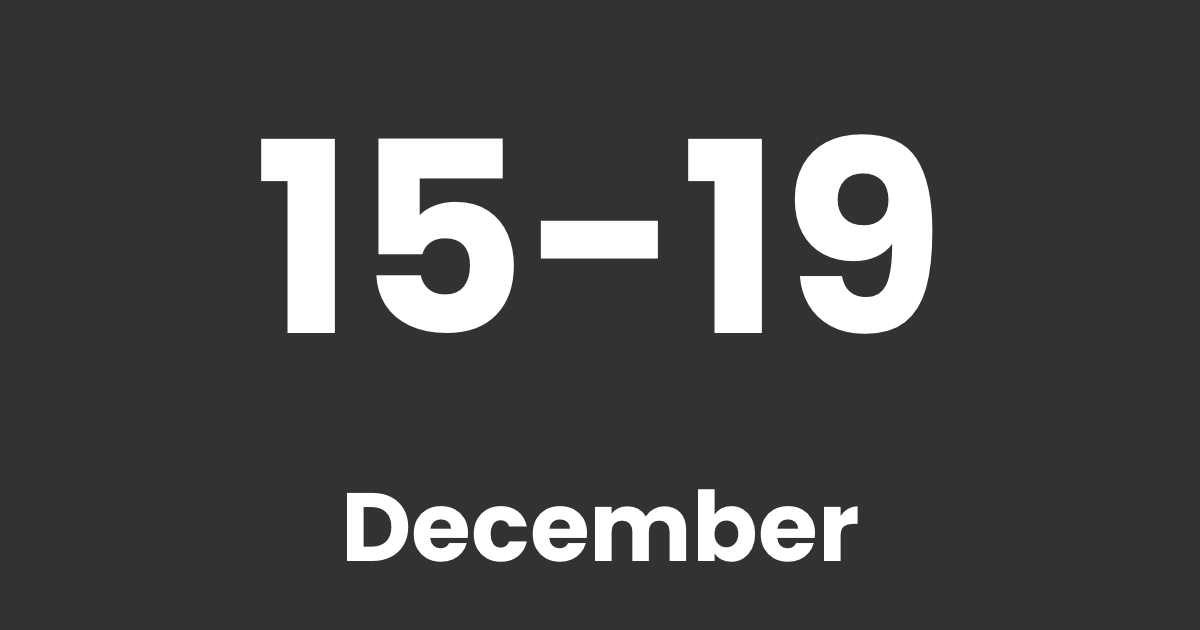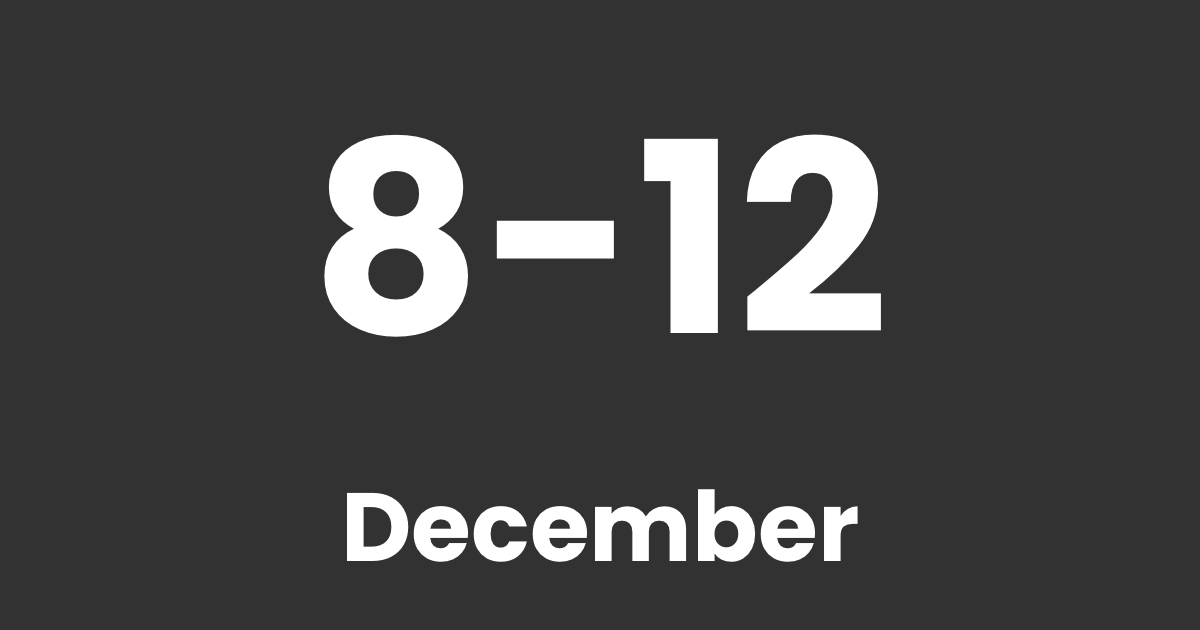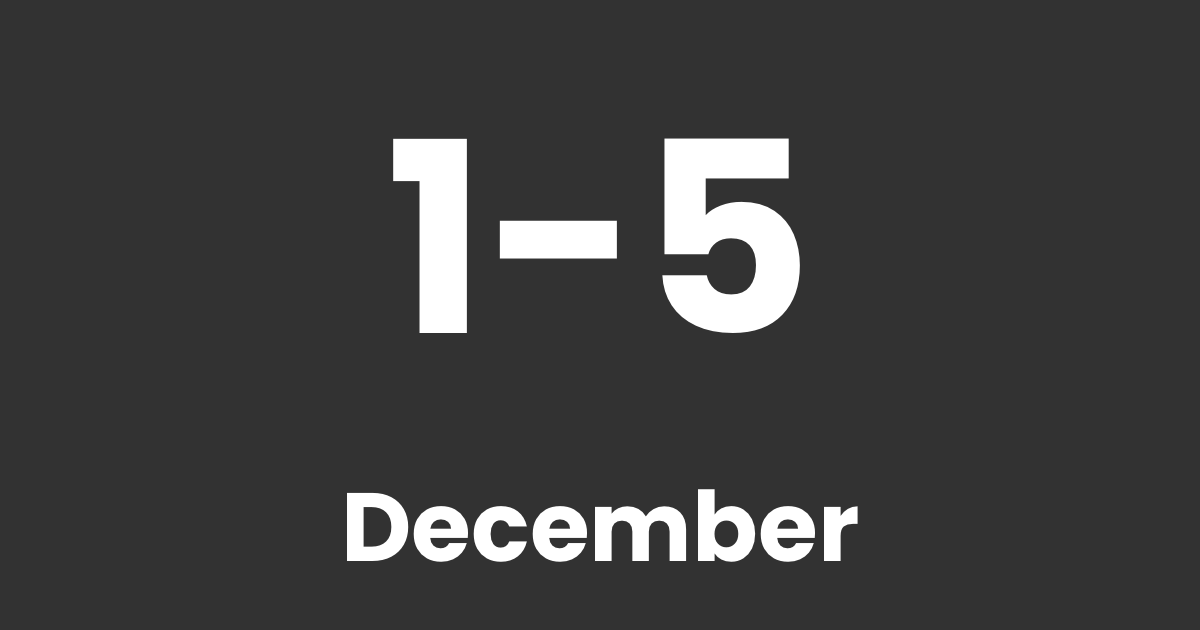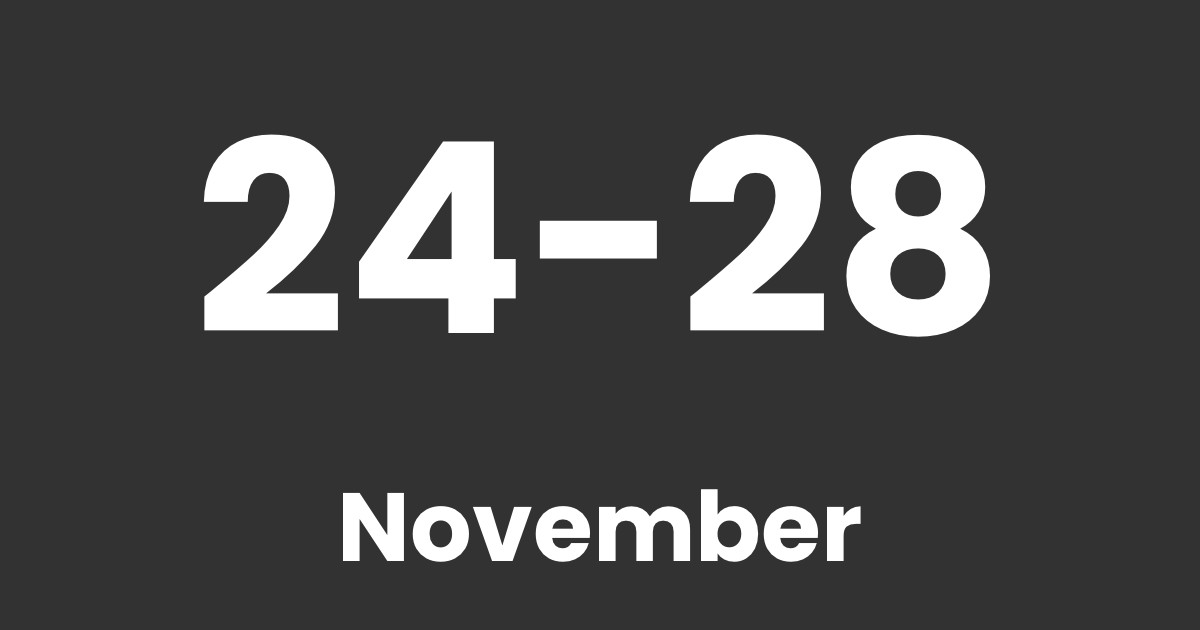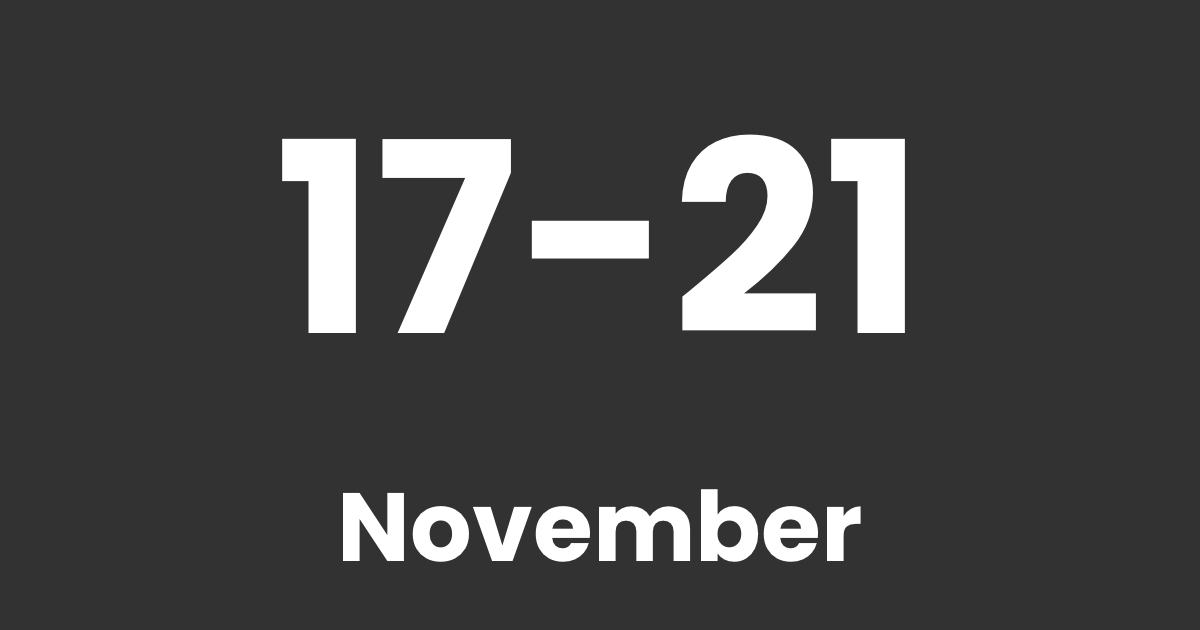The new year is upon us, and with Donald Trump returning to the White House on January 20, the market will enjoy heightened volatility owing to his loose approach to public relations and social networks.
Foreign policy, one of Trump's favorite subjects, will unquestionably drive big moves on foreign exchange markets, allowing for outsized gains but also increasing risks. Although not in the direct scope, the Asian forex market feels the influence of foreign and domestic changes.
AUD Weakens Ahead of Elections
Australian federal elections are scheduled for May, with current polls favoring the major center-left Labor party. Going into 2025, it is worth noting the weakening of the Australian Dollar, likely caused by weak price projections for iron ore, a major commodity export product. Lower ore prices cause lower demand for AUD, driving its value down.
This decline is particularly notable against commodity-backed currencies like CAD (oil) and CHF (gold).

AUD/CAD Weekly Chart 2015-2025
The weekly chart above clearly shows the shift from the recovery in 2024 and a persisting downturn. Although we may see short-term pullbacks, the price is likely to retest the 0.88709 level in the near future, and possibly decline as low as 0.86500 – depending on the election outcome.
Meanwhile, AUD/CHF is trading at multi-decade lows, losing almost half its value since 2013.
AUD weakness is best seen when compared to the Euro. European Union, which saw collapse of two of its key governments (Germany and France), plauged by the manufacturing sector downturn, still kept its currency ahead of the AUD.

EUR/AUD Weekly Chart 2016-2025, Source: TradingView
After bouncing from the 1.59885 support, the price is looking ready to take out highs from 2023, and possibly push above 1.75, likely depending on the outcome of the May election – but also European elections.
Japan and Carry Trade
This year was turbulent for the Bank of Japan, as multiple interventions largely failed to stabilize the Yen market, whose value erosion caused much grief to Japanese traveling abroad. While BOJ held rates steady at 0.25%, waiting to get clarification on the new U.S. administration, they will likely raise rates multiple times in 2025.
In turn, this would stall the Japanese Yen's continuous decline, which the largest carry trade on the market has largely fueled.
Singapore's Stability Before Election
Singapore also has a general election, but it will likely be held late in the year, no later than November 23. The last election saw the People's Action Party (which has been continuously ruling the country since 1959) win in a tough contest. The party favors free-market economic policies, with monetary policy centered on managing the trade-weighted exchange rate.
The Monetary Authority of Singapore (MAS) has been holding rates steady after hiking them five times in one year between October 2021 and October 2022, including two off-cycle moves. Since then, inflation has subsided, reaching a low of 2.5% in July.
So far, the Singapore dollar (SGD) has held well against many currencies, strengthening against AUD to levels not seen since the break of the pandemic. In 2025, this level (0.80) could easily be seen again.
SGD has held well against the British Pound (GBP).

GBP/SGD, Weekly chart 2018-2024, Source: TradingView
Looking forward, if GBP/SGD breaks the 1.71436 level, it could rally as high as 1.75 before possibly attacking the 1.80 level. This scenario will also depend on Bank of England policy in 2025, which could see two to three cuts across the board, further weakening the pound.
Note: Any opinions expressed in this article are not to be considered investment advice and are solely those of the authors. Singapore Forex Club is not responsible for any financial decisions based on this article's contents. Readers may use this data for information and educational purposes only.


